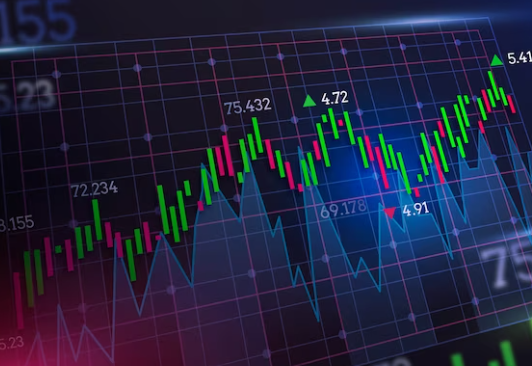CFD trading, also known as contract for difference trading, is a popular form of trading that allows investors to speculate on the ups and downs of financial markets without actually owning the underlying asset. cfds are gaining a considerable amount of attention in the financial world because of their high potential for profit and the ability to trade various financial instruments. This comprehensive guide will give you an in-depth understanding of the basics of CFD trading.
What is CFD Trading?
CFD trading allows an investor to speculate on the rise or fall of a financial market without actually owning the underlying asset. Cfds are contracts between the buyer and the seller, where they agree to exchange the difference in the value of the underlying asset between the opening and closing trades. This can be done with various financial instruments, such as stocks, indices, commodities, and currencies.
How does CFD Trading Work?
CFD trading works by searching for markets and financial instruments that have the potential to go up or down. If the investor believes that a financial instrument will increase in value, they buy a ‘long’ CFD trade (buy). If they believe that the instrument will decrease in value, they buy a ‘short’ CFD (sell).
What are the Benefits of CFD Trading?
CFD trading offers various benefits to investors, such as low initial deposit requirements, high leverage, and diversified trading options. Cfds allow investors the ability to trade on upward and downward markets to make a profit. Cfds also do not charge commissions; the trading fees are included in the spread, meaning that investors pay less to trade in Cfds than other financial markets.
What are the Risks of CFD Trading?
Although CFD trading can be very lucrative, it also comes with risks. One of the significant risks is that Cfds are leveraged products, meaning that the investor can lose more than their initial investment. Therefore, it’s critical to understand leverage, spreads, and margin requirements to avoid any unexpected losses. Another risk is market volatility, which can be triggered by geopolitical events, economic indicators, or news headlines.
Tips for Successful CFD Trading
Here are a few tips that traders should follow while trading Cfds:
Do your research before buying or selling a CFD
Always use a stop-loss order to limit your losses
Set realistic profit targets and risk/reward ratios
Don’t overleverage your trades
Control your emotions when trading.
Conclusion:
In conclusion, CFD trading has revolutionized the way people trade in financial markets by providing investors with better opportunities to make profits. However, understanding the basics of CFD trading is crucial before you take your first steps. By following the tips mentioned above and choosing the securities carefully, anyone can become a successful CFD trader. We hope that this comprehensive guide has given you a better understanding of CFD trading and helps you make the most of your investment.



